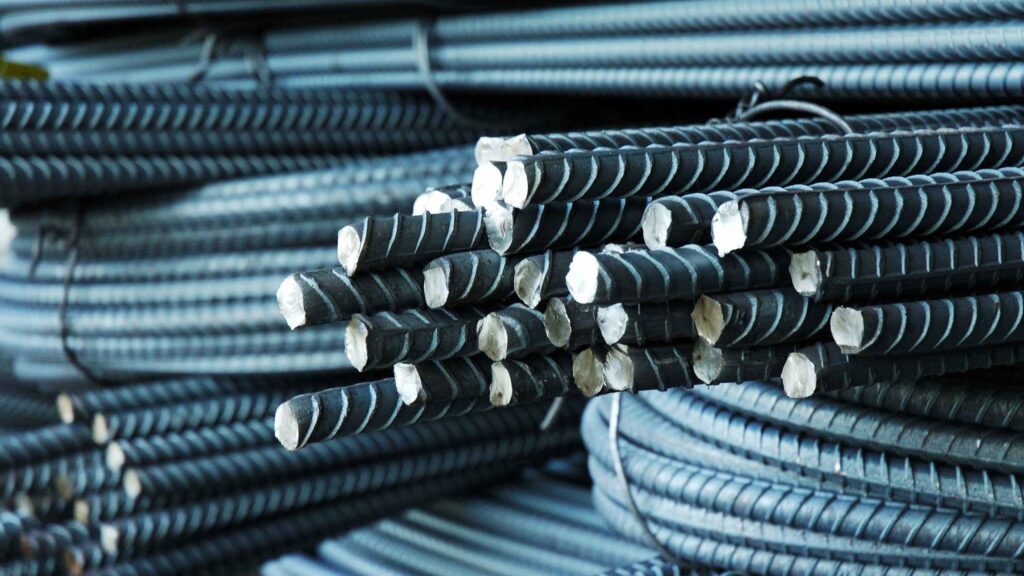TMT bars are an essential component of any construction project, be it a residential building or a
commercial project. These steel bars offer immense strength and durability to the structure, making
them an essential building material. However, there are different grades of TMT steel bars available
in the market, and it is essential to understand the differences between them to make an informed
decision.

Fe500 and Fe500D are two commonly used grades of TMT steel bars in India. Fe500 is a
high-strength TMT steel bar that has a yield strength of 500 N/mm², while Fe500D is an advanced
version of Fe500 that has higher ductility and elongation values. The primary difference between the
two grades is the percentage of carbon and sulphur present in the steel. Fe500D has a lower carbon
and sulphur content, which makes it more ductile and flexible.
Price Difference between Fe500 and Fe500D

The price of TMT steel bars depends on various factors, such as the grade of steel, the
manufacturing process, and the location of the supplier. The price of Fe500 and Fe500D TMT steel
bars varies depending on the market demand and supply. Typically, Fe500D TMT steel bars are
slightly more expensive than Fe500 TMT steel bars due to their advanced properties.
As of May 2023, the average price of Fe500 TMT steel bars is around Rs. 70,000 per tonne, while the
average price of Fe500D TMT steel bars is around Rs. 75,000 per tonne. However, it is important to
note that these prices may vary depending on the location, supplier, and other market factors.
Difference between Fe500 and Fe500D
Fe500 and Fe500D are both high-strength TMT steel bars, but Fe500D has a higher ductility and
elongation value than Fe500. The ductility of a steel bar is its ability to deform or bend under stress
without breaking. Higher ductility means that the steel bar can withstand more stress before
breaking, making it more durable and reliable.
Fe500D TMT steel bars are produced by adding micro-alloys such as Vanadium, Titanium, and
Niobium to the steel mix. These micro-alloys help in reducing the carbon and sulphur content in the
steel, resulting in a more ductile and flexible steel bar.
Fe550D is another high-strength TMT steel bar that has a yield strength of 550 N/mm². It is an
advanced version of Fe500D and has even higher ductility and elongation values. However, Fe550D
TMT steel bars are less commonly used in construction projects due to their high cost.
Fe500 and Fe500D are both widely used in construction projects, but Fe500D is preferred in areas
prone to seismic activities or earthquakes. This is because Fe500D TMT steel bars can withstand
more stress and deformation without breaking, making them more suitable for earthquake-prone
areas.
Conclusion
In conclusion, the price difference between Fe500 and Fe500D TMT steel bars is relatively small,
with Fe500D being slightly more expensive due to its advanced properties. Fe500D is an improved
version of Fe500, with higher ductility and elongation values, making it more suitable for
earthquake-prone areas. When purchasing TMT steel bars, it is essential to consider factors such as
the grade of steel, the manufacturing process, and the supplier’s location to ensure that you get the
best quality TMT steel bars at a competitive price.

